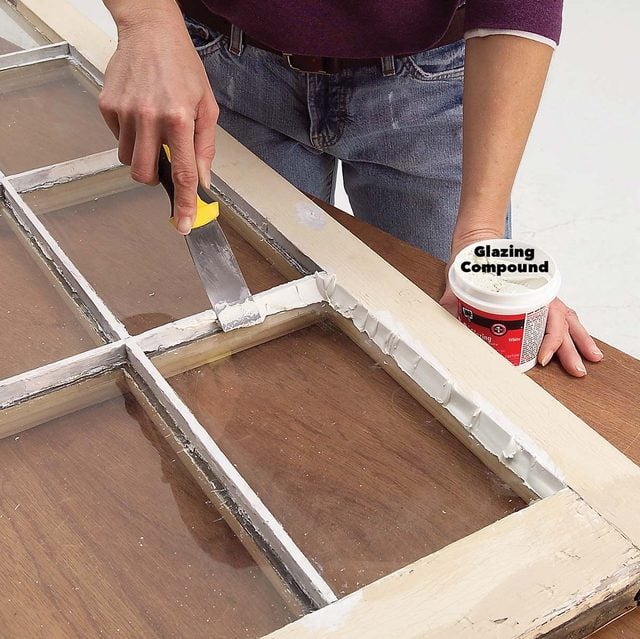10 Untrue Answers To Common Residential Window Repair Questions Do You Know The Correct Answers?
Comprehensive Guide to Residential Window Repair
Residential window repair is an essential element of home maintenance that can improve energy performance, improve aesthetics, and make sure the safety of residents. Windows are essential parts of any home, functioning as points of entry for light and air, and contributing substantially to heat retention in the winter and cooling in the summer. In time, windows can end up being broken or inefficient, leading to numerous problems. In this post, we will check out the common problems associated with residential windows, the repair methods available, and tips for homeowners on maintaining their windows for durability.
Typical Window Problems
Windows can encounter a variety of problems that require repair. Here are some of the most typical problems:
Problem
Description
Split Glass
Fractures in window panes can occur due to effect, temperature level changes, or basic wear in time.
Drafty Windows
Poor seals or worn weather condition stripping can cause air leaks, making homes uneasy and less energy efficient.
Peeling Paint
Old paint can crack or peel, offering windows an unsightly look and exposing wood to moisture.
Misaligned Frames
Windows that are misaligned or stuck may need adjusting or adjustment to guarantee appropriate function.
Broken Hardware
Harmed or malfunctioning locks and hinges can compromise the security and performance of windows.
Fogginess in between Panes
Condensation between double-paned windows suggests seal failure, which may require replacement.
Steps for Assessing and Repairing Windows
When identifying and addressing window concerns, homeowners can follow a systematic approach. Here are the steps included in examining and fixing residential windows:
Inspection:
- Inspect each window for noticeable signs of damage, such as cracks, peeling paint, or gaps.
- Check the performance of hardware like locks and hinges.
- Look for evidence of wetness buildup or condensation in between panes.
Recognizing the Problem:
- Determine whether the issue can be repaired or if a total replacement of the window is necessary.
- Consider aspects like the age of the window, seriousness of damage, and prospective energy effectiveness losses.
Gathering Tools and Materials:
- Depending on the problem, needed tools may consist of:
- Screwdriver
- Putty knife
- Caulk gun and weather removing
- Replacement glass or sash (for broken panes)
- Paint and primer (for peeling paint)
- Depending on the problem, needed tools may consist of:
Performing Repairs:
- For broken glass, replace the pane following producer guidelines. Use a putty knife to get rid of old glazing and tidy the location before applying brand-new glazing.
- If addressing breezy windows, eliminate old weather removing and change it with new material, making sure a tight fit.
- For peeling paint, strip the old paint, sand the surface, and apply primer and paint as required.
Evaluating and Maintenance:
- Test the performance of fixed windows to guarantee they open, close, and lock appropriately.
- Dedicate to routine evaluations and maintenance to prolong the life expectancy of windows, resolving little issues before they become larger issues.
When to Call a Professional
While lots of window repairs can be undertaken by homeowners, some situations need the knowledge of professionals. Here are scenarios where working with a window repair specialist is recommended:
- Severe Damage: If the window frame or glass is significantly compromised, professional support may be needed.
- Numerous Windows: When dealing with comparable issues across numerous windows, a professional can efficiently manage the repairs within a decreased timeframe.
- Structural Issues: If there are underlying structural issues contributing to window damage, an expert should be consulted to resolve the wider concerns.
Frequently Asked Questions About Residential Window Repair
1. How much does it cost to repair a residential window?
- The cost of window repair can vary widely based upon the type of damage and products used. Minor repairs, like weather stripping, may cost in between ₤ 10 and ₤ 50, while glass replacement can vary from ₤ 100 to ₤ 300 depending on the size and type of glass.
2. How can I inform if my window needs to be replaced or merely fixed?
- If the damage is restricted to the glass or weather stripping, repair work might be enough. However, if the frame is decomposing or there is considerable fog between double panes, replacement might be the better option.
3. How frequently should I check my windows?
- House owners ought to examine windows bi-annually, particularly before the winter season and summer season, to capture any concerns early.
4. Can I repair a broken window myself?
- Yes, lots of window repair work can be done by property owners with some standard tools and skills. However, for just click the following post or if you are not sure, it might be best to work with a professional.
5. What kind of weather removing is best for my windows?
- Foam tape, V-strip, and felt are common types of weather removing ideal for numerous window designs. House owners must pick the type based upon the particular needs of their windows and their local climate conditions.
Residential window repair is a critical aspect of maintaining a home's integrity, comfort, and energy efficiency. From broken glass to breezy seals, resolving window concerns without delay can prevent additional damage and boost the living environment. With a fundamental understanding of common issues, evaluation treatments, and repair approaches, house owners can confidently deal with many window repair challenges themselves. However, understanding when to look for professional assistance is equally crucial for a long-lasting service. Regular maintenance and prompt repairs guarantee windows remain functional and visually appealing, contributing to the home's general worth and convenience.
By taking a proactive approach to window maintenance, homeowners can not only conserve money but also develop a more enjoyable and safe and secure living space.
